A world-famous tourist resort north of Agios Nikolaos, with lacy, windless sandy beaches, crystal clear…
Sitia
Sitia, 18 km from Palekastro and 60 from Ierapetra, with a population of 9500 people, is the easternmost city on Crete and perhaps the least developed. Even during the busy summer peak, Sitia retains a certain charm and laid-back style.
It has been inhabited since the Minoan period. At Petra, to the east of the town, a section of ancient settlement has been excavated. There is a waterfront with restaurants and cafes, a large public beach, and an archaeological museum which holds many of the findings from Palekastro. Sitia is the seat of administrative and public services for the county and has road and sea connections with various places in the island and with Pireaus and other Aegean islands.
There is also a small airport with connection to Athens, Kassos, Karpathos, Rhodes. During the Venetian occupation the town of Sitia was destroyed three times. In 1508 by a terrible earthquake, in 1538 by the pirate Barbarosa and in 1651 by the Venetians so as not to fall in the hands of the Turks. For two centuries Sitia ceased to exist as a town, until 1869. The present city was built in 1870.
Sitia: The beaches, History and the area
The beach of Sitia is located east of the city and extends from the port to the area Karavopetra on the east (about 2km up to Tripitos area) . Sitia beach is mainly sandy and has small pebbles in some places, while the water is shallow.
It has a beautiful view to the harbour and all the boats as well as the city of Sitia. There are many cafes, restaurants, free umbrellas and sunbeds. The water is clean and not very deep, very convenient for families with children. Toilets and shower also available as well as water sports.
Sitia Beach
This well-organized beach consists of a long stretch of fine golden sand right next to the town and provides every…

The castle fortress known today as “Kazarma” (Casa di arma), is the most imposing historical monument in Sitia. The Kazarma used to be a military and administrative centre which consisted of a Medieval dwelling surrounded by walls. The fortification of the town and of the Kazarma can be dated to the late Byzantine period.
However, pirate raids, the continual uprisings against the Venetian occupation by the local people and the great earthquake all led to the partial destruction of the fortifications until the Venetians themselves were forced to completely destroy them with the intention of rebuilding them. This never happened and in 1651 the town was razed and then occupied by the Turks.
During the Turkish occupation it would appear that the walls were never rebuilt but the Kazarma was restored and evidence of the Turkish extensions can be seen today, for example in the cupolas (“koubedes”) on the battlements that form the watch towers. The Kazarma has since been carefully restored and is open to the public offering a panoramic view across the bay of Sitia.
Concerts, plays, lectures and art exhibitions all take place in the Kazarma during the summer months as part of the festival known as “Kornaria”.
The seas of Sitia are garlanded with many beautiful islands large and small which host a wide variety of rare sea-life and flora. Every island is a tribute to a land blessed by the gods! The remains of a Minoan settlement have recently been excavated on the island of “Psira”, the island of “Elasa” to the east was where the Minoans first set foot on Crete, the Dionisades and Ianisades stand guard over the bay of Sitia and last but not least the island of Koufonisi is renowned for its long history of trading in porphyry. Apart from these larger islands, the seas abound with small rocky islands which are a winter home to a rare Mediterranean hawk – “Falco Eleonorae”.
Dionisades Islands
Α group of four(4) small islands at the north of the Sitia Bay, at a distance of 16 km from…
Sitia has beautiful harbour full of colourful small fishing boats, and good restaurants , tavernas and cafes. This harbor is much different then the one in Rethymno or Chania because it is not too commercialized yet. This harbour serves more Sitia’s citizens and their families rather than tourists and that’s what is good about it.
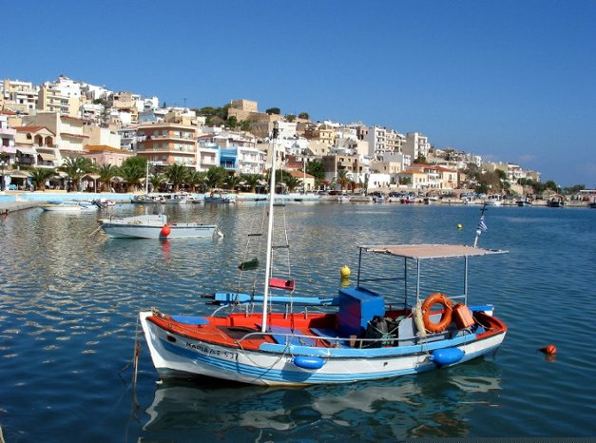
There is a little building on the corner of K. Karamanli and A.Papandreou, on the harbour. You can get there lots of information on where to go and what to see. You can get there a list with all the events for July and August, such as shows, fiestas, concerts etc. You can get there a phone number to Hotel Union of Sitia 2843 0 28428. They can help with finding a room in Sitia, especially if you are on the budget and want to have your room booked ahead. Phone: +30 2843028300. Address: corner of K. Karamanli & A. Papandreou- on harbour Directions: little building on the corner of K. Karamanli and A. Papandreou, on the harbour.
Rich displays cover the periods 3500 B.C to 500 A.D. The oldest artefacts come from the wider region of Sitia. The museum is divided into five chronological parts and displays include a valuable collection of vases, clay tablets in Linear A script which were found in the archives at Zakros, figurines from peak sanctuaries, a wine press from the neo-palatial period and a Hellenistic wheat mill. Of special interest is the ivory and gold male figurine which was found in Roussolakkos near Palekastro.
Archaeological Museum of Sitia
The Archaeological Museum of Sitia opened in 1984 and houses a significant collection, divided into four sections. The exhibits cover…
The Folk Museum displays items from the 19th and early 20th centuries. It includes some unique embroidery, examples of traditional weaving, wood carvings, local dress and household items, all displayed in an authentic Sitian house setting. There is another Folklore Museum in the village of Hamezi, also in a traditional Cretan house as it was at the beginning of the 20th century, which includes a wine-press, olive-press and traditional irons.
Folklore Museum of Sitia
The Folklore Museum of Sitia was founded in 1975 by the educational and cultural association "Vintsenzos Kornaros". It contains many…
Each historical era has left its sign in the soil of Sitia:
Tripitos Archaeological Site
Tripitos is a small peninsula sited 3 km from Sitia. An artificial shelter for ships dug in the rocks, has…
Ancient Cemetery in Agia Fotia
This is an area of great archaeological interest because, in addition to various chance finds and signs of habitation in…
Petras Archaeological Site
On a low hill (h. 40 m.) by the sea lies an important Minoan settlement. It had a large harbour…
Chamezi Archaeological Site
In the Hamezi area, 11 km from Sitia on a conical-shaped hill known as Souvloto Mouri (which means pointed- or…
Pressos Archaeological Site
The important ancient city of Pressos was the homeland of the Eteocretans--the true Cretans. These people withdrew to these three…
The Municipality of Sitia (or Siteia) is a jewel in the Mediterranean landscape. Its physiography and climate help in the development of a special flora and fauna, which attracts the visitor. In the section that follows, you may find general information about the beauty of the landscape.
Some of the sights (from 5 to 15 km far) :
Richtis Gorge
It is the fantastic jungle like gorge Richtis! The amazing gorge of Richtis is located in Lasithi Prefecture, on the…
Agii Pantes Gorge
Though it is unknown, it is very beautiful and impressive. It is relatively easy to access. It is located 7 kms…
Faneromenis Monastery, Sitia
Drive west out of Sitia on the main road to Agios Nikolaos. The marked exit to the Faneromeni Monastery is…
Roussa Ekklisia
Α most graphic village with a very healthy climate and plenty of water. It is about 9 km from Sitia…
Mitato
Mitato (the word means «cheese dairy» in the Cretan dialect) is the central village of a community of five small…
Toplou Monastery, Sitia
Toplou Monastery (Greek: Μονή Τοπλού) is a 15th-century monastery located in a dry and barren area in the Lasithi regional…
Toplou Gorge
Its entrance is about 200m in the west of the Monastery of Toplou. The landscape is astonishing not only because of its…
Accommodation...
PORTOBELIS Car Rental
We consider a hire-car essential for those wishing to explore the villages, sit in their traditional ‘cafeneions’, try out some…
Portobelis Apartments
This house consists of 2 floors and has 2 different types of accommodation: 3 apartments type A1L for 3-4 persons,…
Villa Alkistis
Alkistis Villa offers 3 bedrooms, 3 en-suite bathrooms, one sitting room and a great open plan living room with a…
Sights...
Agia Irini Gorge
The gorge is known to the natives, but unknown to the most of the visitors, who pass from Ziros or…
The island of Kolokitha, Elounda
The island of Kolokytha or Vryonisi is located in the Gulf of Mirabello opposite the resort of Elounda. In essence,…




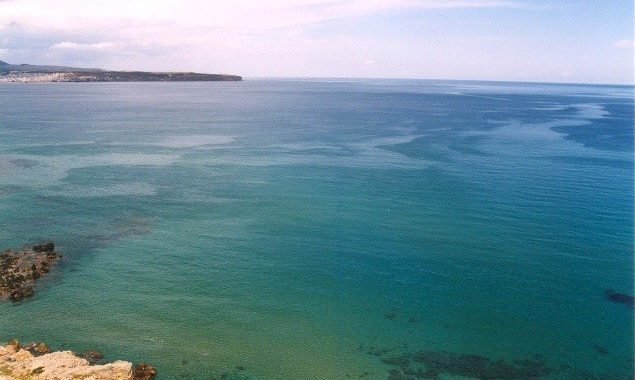





















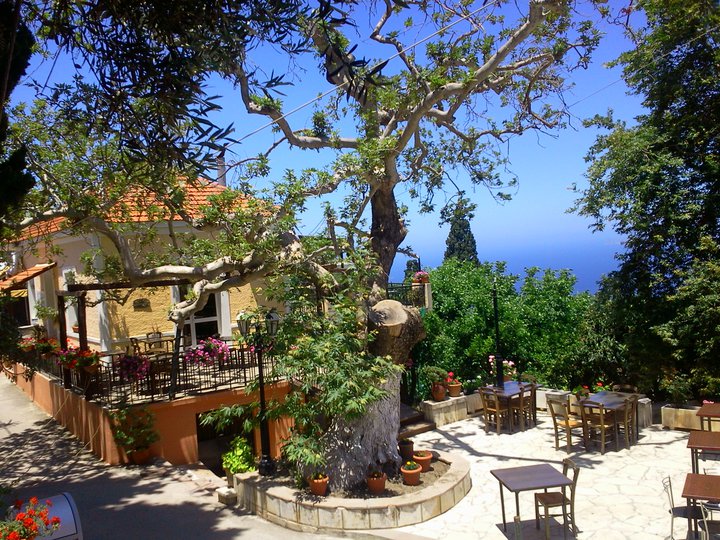

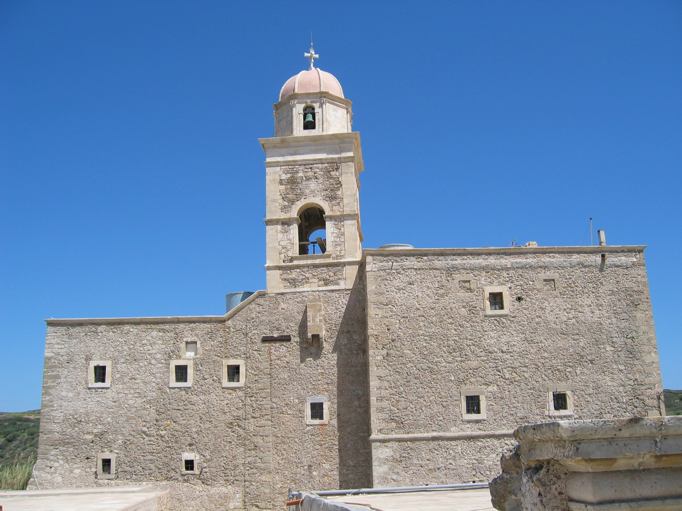








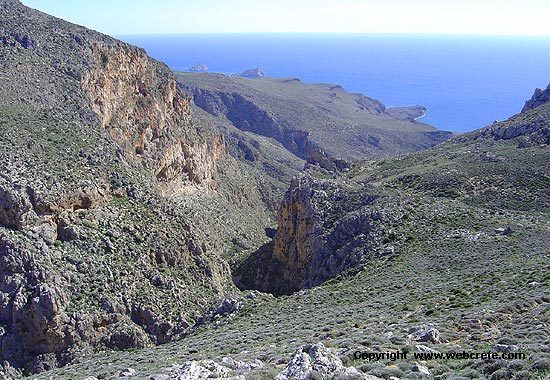

This Post Has 0 Comments